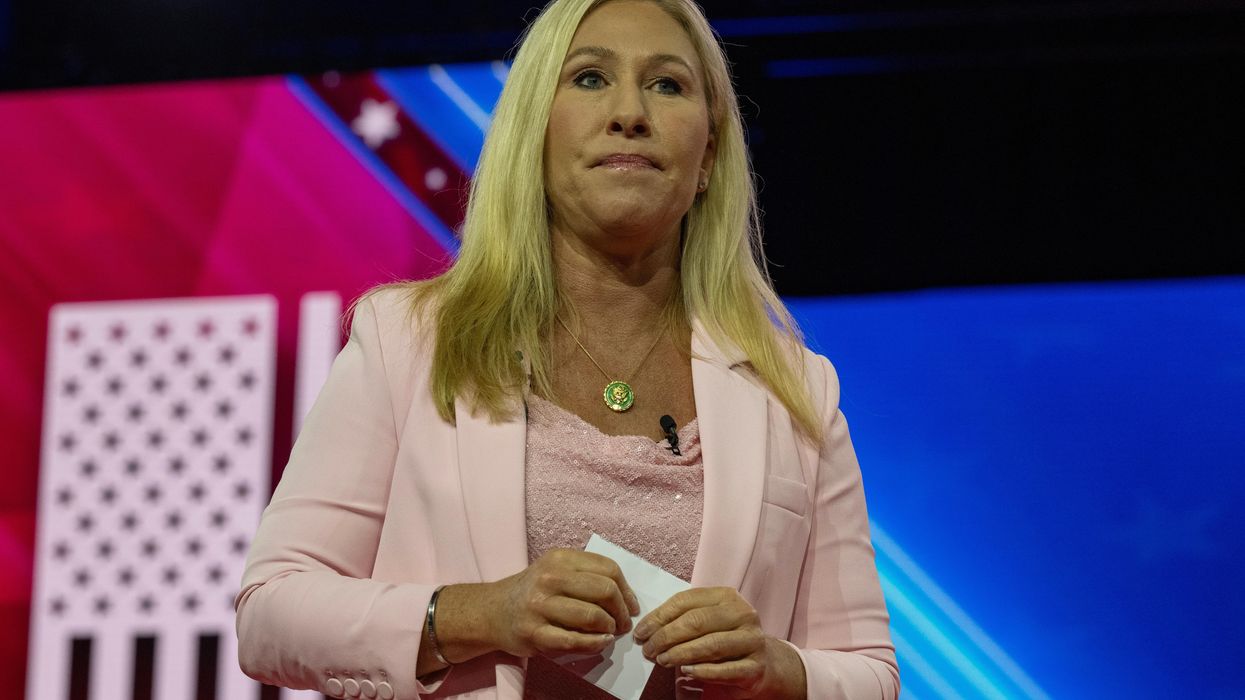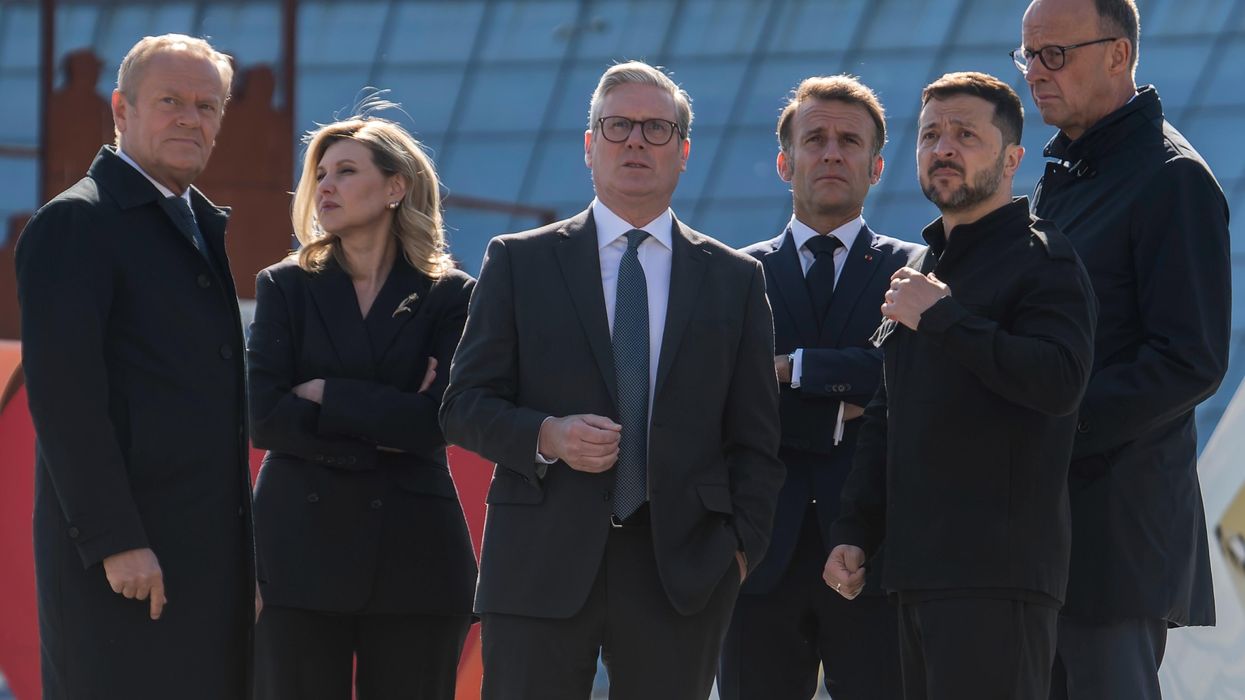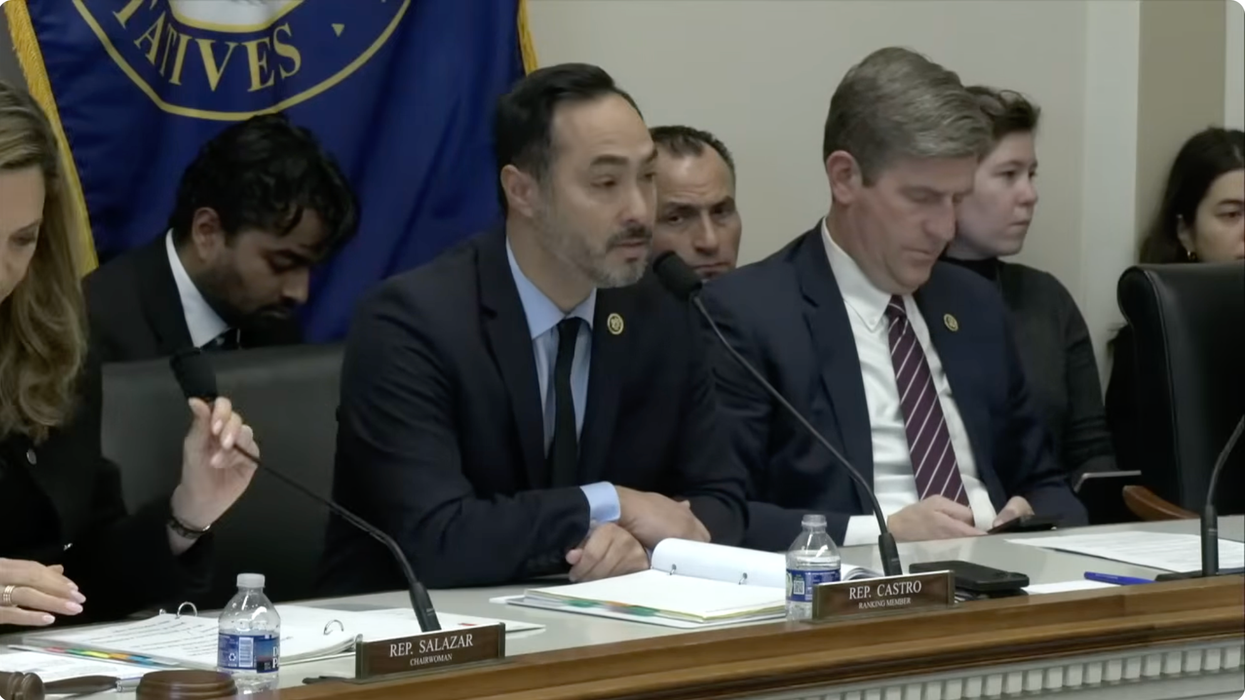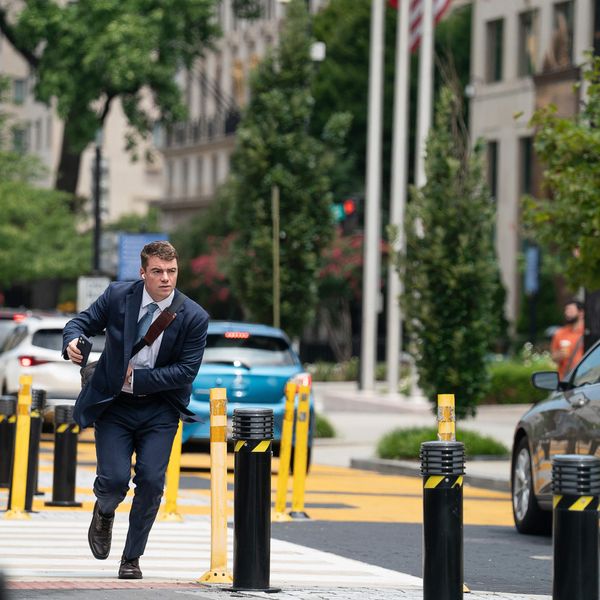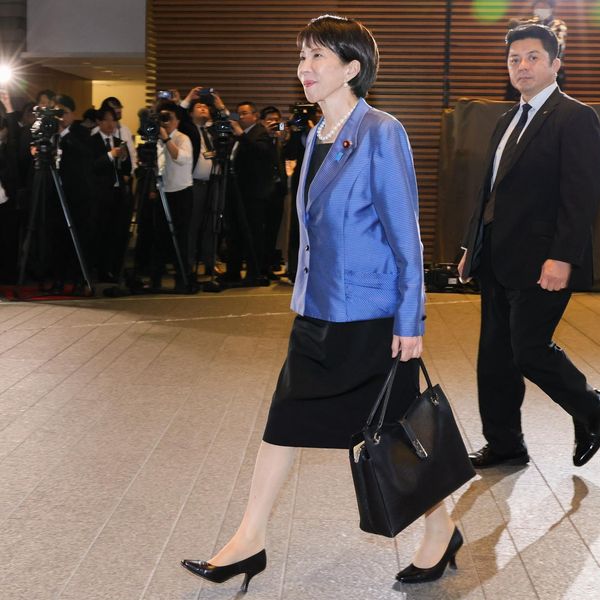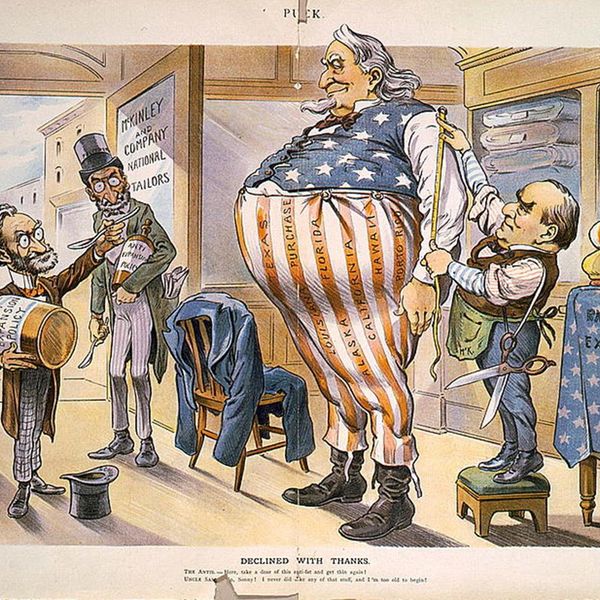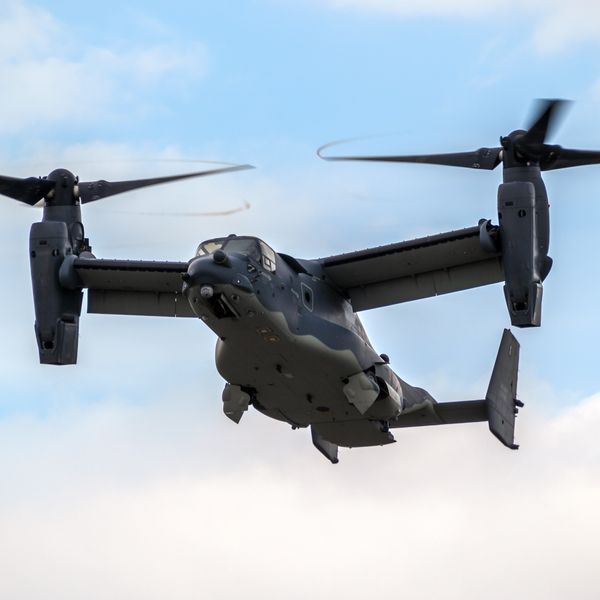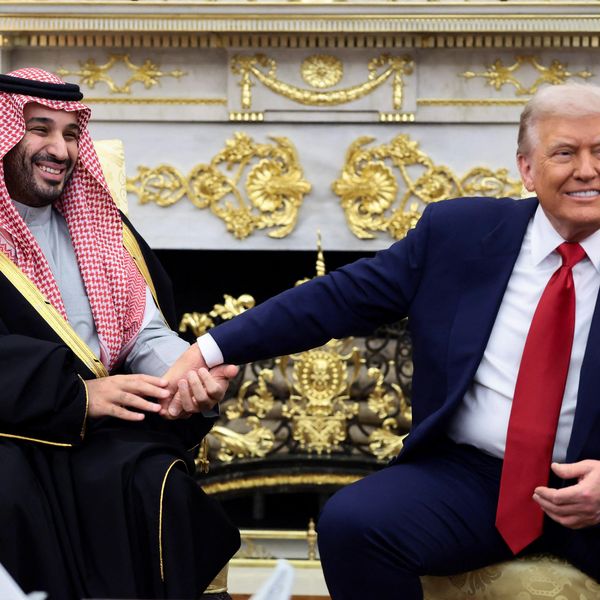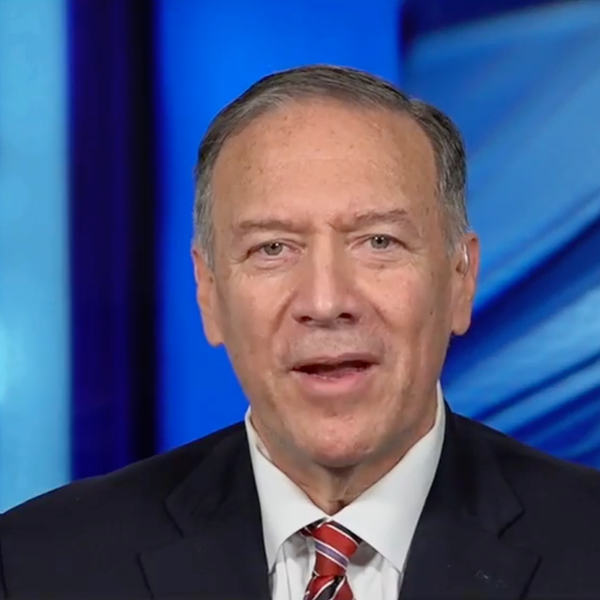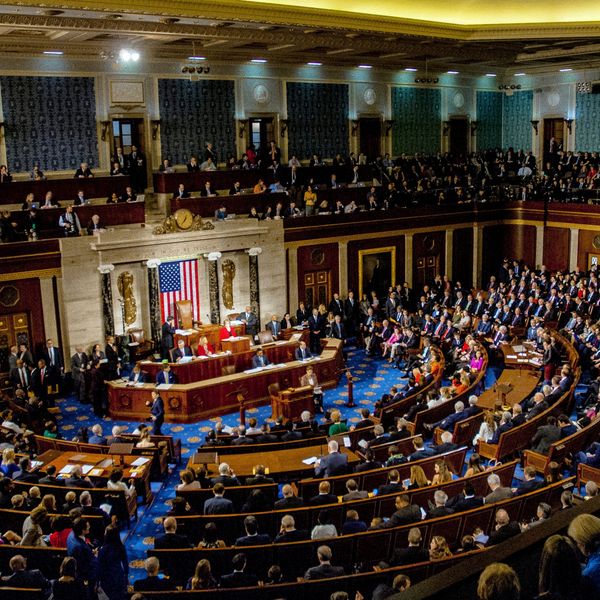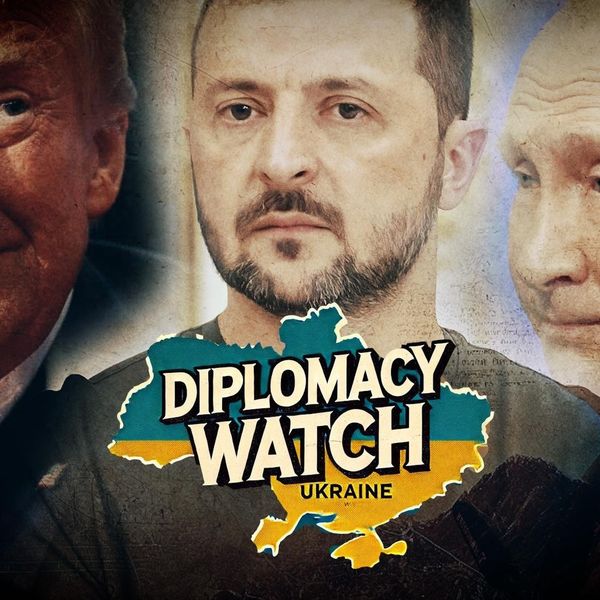Donald Trump’s reveal to the Washington Post’s Bob Woodward of a new, secret nuclear weapon would be a major security breach and a trigger to an accelerated nuclear arms race, if true.
In an interview with Woodward on December 5, 2019, Trump said, “I have built a nuclear — a weapons system that nobody’s ever had in this country before. We have stuff that you haven’t even seen or heard about. We have stuff that Putin and Xi have never heard about before. There’s nobody — what we have is incredible.”
It is an amazing statement to a journalist and, thus, to our adversaries about a new U.S. military capability unlike anything Russia or China or anyone else has.
“With that comment alone, the president has just launched a new nuclear arms race,” MSNBC’s Rachel Maddow warned this week. “That stray comment,” she added, “will drive the creation of new classes of previous unknown nuclear weapons by China and Russia.”
Fortunately, Trump’s claim is likely not true. There is no new super weapon.
Other officials did confirm the existence of a secret new weapons system, as Woodward reports, but they did not characterize it the same way as Trump did. Trump is almost certainly talking about a program that is not very secret and not much of a weapon.
While it’s true that the government doesn’t disclose everything about its weapons systems, it would be hard to hide a major new program. These take years to develop and require billions of dollars appropriated by Congress. By the time they go into production thousands or tens of thousands of people are involved. Trump could be referring to a new hypervelocity missile (a weapon that flies many times the speed of sound) or the new program to replace the B-2 bomber. Both are under development and have many classified aspects (including the huge budget of the new B-21 bomber). It is more likely, however, that he was talking about the new “low-yield” nuclear warhead now deployed on some U.S. strategic submarines.
The Trump administration pushed for this new weapon in its Nuclear Posture Review of February 2018. Despite determined efforts to block it, Congress approved funding for the program and the first one was manufactured in February 2019. But at the time of Trump’s interview with Woodward 10 months later, much was still classified about the program, including its deployment schedule.
A few weeks after Trump talked to Woodward, the USS Tennessee slipped into the waters off Kings Bay, Ga. to begin patrols beneath the surface of the Atlantic Ocean. For the first time, and in secret, it had this new warhead atop one or two of its 20 long-range ballistic missiles. The patrol remained secret until prominent nuclear weapons experts Hans Kristensen and William Arkin disclosed the deployment at the end of January 2020. The Pentagon confirmed the report a week later. So, as Trump claimed, it is likely that neither Putin nor Xi knew about the deployment of the new weapon at the time he talked to Woodward, though they certainly knew of the program.
The weapon, the W76-2 warhead, is the brainchild of nuclear war fighters who want to make nuclear weapons more usable. They fear that military and political leaders are “self-deterred” from using nuclear weapons because of the huge destruction they cause. Instead of a weapon that would destroy all of New York, for example, they wanted a weapon that would destroy just midtown. Instead of killing hundreds of thousands of civilians, a smaller weapon would kill thousands. This, they believe, makes it more acceptable and could break the nuclear taboo that has held for 75 years.
Such a bomb could be used against hardened targets such underground centrifuge plants. Or, in the twisted logic of nuclear war-fighters, it could “de-escalate” a crisis by destroying only part of a city instead of vaporizing it entirely, thus encouraging retreat or surrender. Some also hope this weapon will help justify the continuation of a massively expensive nuclear complex increasingly irrelevant to 21st century threats.
The new W76 has a yield of five kilotons, or five thousand tons of TNT. This is many times the size of even the largest conventional weapon (the 11-ton Massive Ordnance Air Blast), but still only one-third the size of the bomb that destroyed Hiroshima. By nuclear standards this is tiny. It is 1/20 to 1/90 the size of the hydrogen bombs that are carried by most of the missiles on the Trident submarines, which clock in with yields of 90 kilotons and 455 kilotons.
The nuclear laboratories could produce this new weapon so quickly because it was a relatively easy modification of the existing W76-1 warhead.
Inside every big bomb is a little bomb. Every hydrogen bomb has a supply of hydrogen isotopes that are fused into helium by the heat, pressure, and radiation of a smaller fission bomb, like the bomb that destroyed Nagasaki. Fusing atoms releases many times the energy of splitting them, up to millions of tons of TNT. Take away the hydrogen fuel and you are left with a basic atomic bomb. That is what the labs did. It is the only weapon that Trump initiated that he could produce in his first term. It is no wonder that he wanted to brag about it.
The total system is, indeed, “incredible.” The Trident D-5 missiles can fly thousands of miles in minutes, striking targets smaller than a football field anywhere on Earth. But the “low-yield” warhead is fairly common. Many nuclear-armed nations have these smaller weapons. The United States already has over 1,000 weapons of this size carried by cruise missiles or dropped by airplanes. It is not, as Trump claimed, a weapon that “nobody’s ever had in this country before.” We have had low-yield atomic bombs since the 1950s.
What is correct is that we never before deployed these weapons on strategic systems like land- or sea-launched ballistic missiles. That is because it is a dumb idea. It duplicates a capability we already have and, if used, could trigger a full-scale nuclear war, not stop one. An adversary would see the missile flying towards its territory and would have no idea of the size of the warhead. There would be tremendous pressure for China or Russia to launch a retaliatory strike, as they have trained and planned to do.
In sum, it is unlikely that Trump stupidly revealed the existence of some magic weapon system that would give the United States nuclear dominance and make our adversaries quake. But Maddow is right — bragging about nuclear weapons to impress a journalist is pathetic but also very dangerous. It encourages each nuclear-armed nation to counter the other’s capabilities, real or imagined.
Nuclear braggadocio doesn’t make us stronger. It makes us less safe and more afraid.


